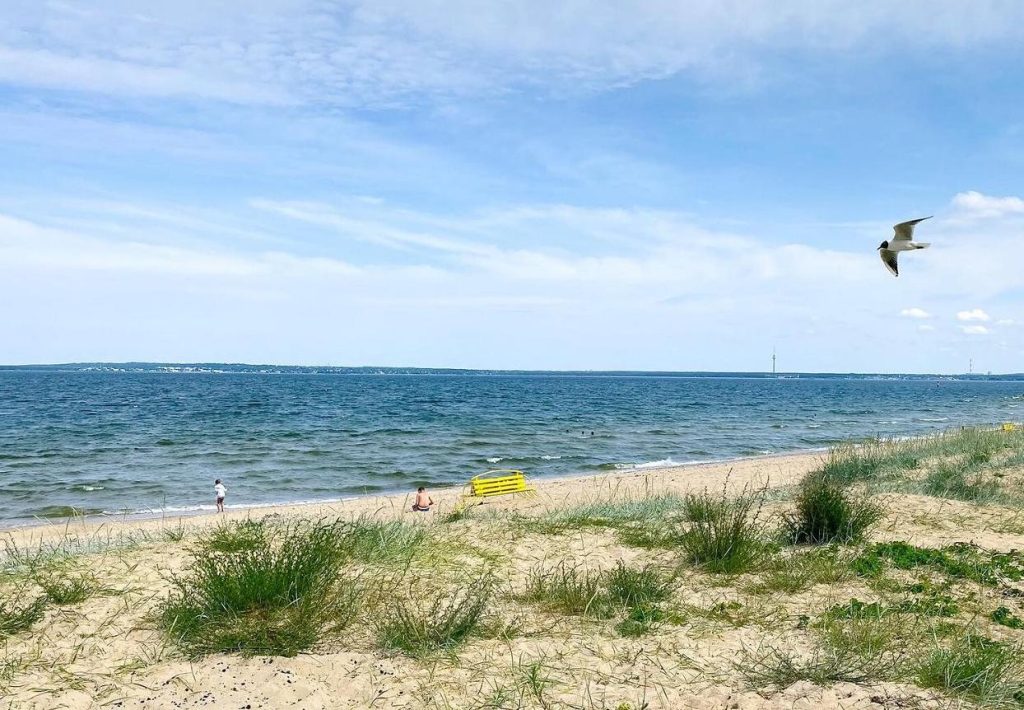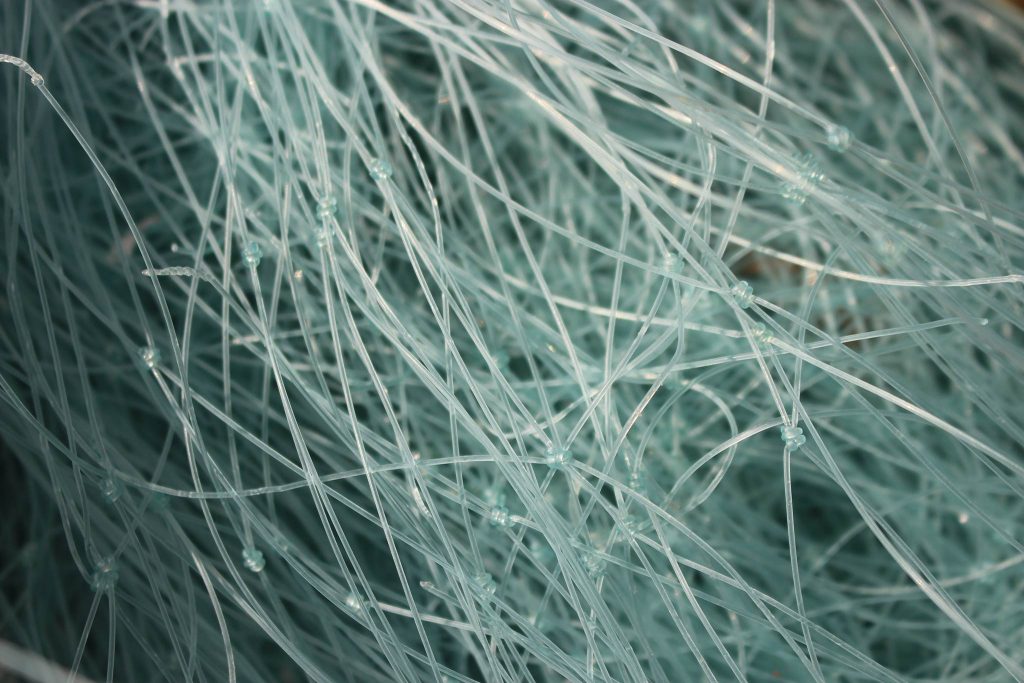Sustainable 3D printing material developer Filaret is working with Estonian authorities to recycle discarded cigarettes from the country’s beaches into filament.
As part of an initiative rolled out at local government level in Estonia’s capital Tallinn, special litter bins have been installed along some of the city’s beaches, in which the public are being encouraged to discard cigarette butts. In two months’ time, Filaret says it plans to return, and convert any waste collected from these into a new eco-friendly, compostable 3D printing material.
“I hope that these special cigarette bins will help to reduce this widespread marine litter,” said Tallinn Deputy Mayor Joosep Vimm. “What makes the project particularly interesting is that, in addition to just collecting the cigarette butts from the beach, they will be upcycled into compostable 3D printing material, thus reducing the problem of plastic waste.”

Filaret’s upcycling business
Co-founded by entrepreneurial duo Ines-Issa Villido and Kristina Jacqueline Leon, Filaret is a start-up that specializes in “giving cigarette butts a second life.” In practice, the firm works to achieve this by collecting and upcycling cigarette waste into a sustainable nature-friendly filament, in a form of recycling it aims “to make the norm” in 3D printing.
Filaret is backed by Tehnopol Startup Incubator, an initiative set up to support emerging Estonian companies with up to €10,000, as well as mentoring to help bring potential ‘world-changing ideas’ into reality. Also supported by Prototron and the Tallinn University of Technology, the start-up has already managed to strike partnerships with local groups, like I Land Sound and holidaymaker Larsen.
Beyond its latest initiative with a local government in one of Tallinn’s districts, the mechanics of how exactly Filaret intends to work with such partners to recycle cigarette waste remains unclear. However, with its upcoming filament the company has set the bar high, saying that it will represent a “new standard of innovative material,” that’s capable of “disrupting the 3D printing industry.”

Cleaning up Tallinn’s beaches
According to local authorities in Tallinn, cigarette butts are one of the most common types of marine litter in the Baltic Sea. While the vast body of water is filled with discarded plastic as well, most of the waste found in it (and in nearby coastal areas) is made up of butts and filters, which are toxic and non-biodegradable. In fact, a single butt can pollute up to 1,000 liters of water, while the toxins released from a filter can persist for up to 10 years, during which they’re lethal to aquatic life.
To tackle this threat to marine biodiversity, the Circular Economy Department of the Tallinn Strategic Management Office has begun working with Filaret. Together, the organizations have partnered with authorities in Põhja-Tallinn, to set up a series of cigarette waste collection bins along the district’s coastline in three locations: Stroomi beach park, Katariina quay and the fishermen’s slip at Pikakari beach.
Using the cigarette butts and filters gathered from what will eventually grow to twenty bins between now and October, Filaret, which has also worked on other initiatives with Tallinn’s port and airport authorities, plans to create circular 3D printing materials. In doing so, Vimm says he hopes to see cigarette waste in his city reduced, to the point that it helps avert any potential public health issues.
“Every year, almost eighty tons of cigarette filters end up in nature,” explained Vimm. “They do not decompose, and the toxic substances contained in them once again end up in the arc through marine animals and into the human diet. I hope that the special cigarette butt cans will help reduce the generation of this widespread marine litter.”

Recycled filament in 3D printing
Although Filaret’s sustainability goals are admirable, it’s only the latest in a string of material developers seeking to turn marine waste into functional 3D printing filament. Since Fishy Filaments’ crowdfunding campaign in 2017, the firm has continued to grow, and it now markets various PA6 nylon blends made from recycled marine plastics.
More recently in March, UBQ Materials won a 2022 South by Southwest award for its waste-based 3D printing filament. UBQ’s first material to be made from its ‘climate positive’ thermoplastic is designed to leave a much-reduced carbon footprint.
At the TCT Asia trade show in 2021, Polymaker and Covestro also unveiled plans to develop a new 3D printing material made from recycled bottles. Referred to only as ‘PC-R,’ at the time, the eco-friendly filament is based on a recycled polycarbonate developed by Covestro, that’s sourced from large reused Chinese water bottles.
To stay up to date with the latest 3D printing news, don’t forget to subscribe to the 3D Printing Industry newsletter or follow us on Twitter or liking our page on Facebook.
While you’re here, why not subscribe to our Youtube channel? featuring discussion, debriefs, video shorts and webinar replays.
Are you looking for a job in the additive manufacturing industry? Visit 3D Printing Jobs for a selection of roles in the industry.
Featured image shows a Filaret cigarette recycling bin in Tallinn. Photo via Tallinn’s city government.


